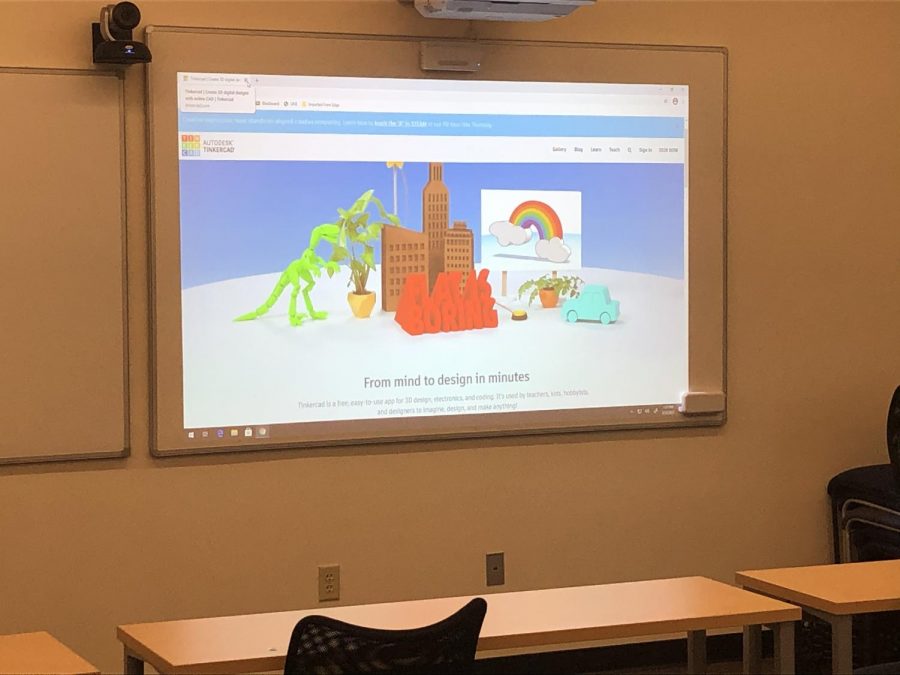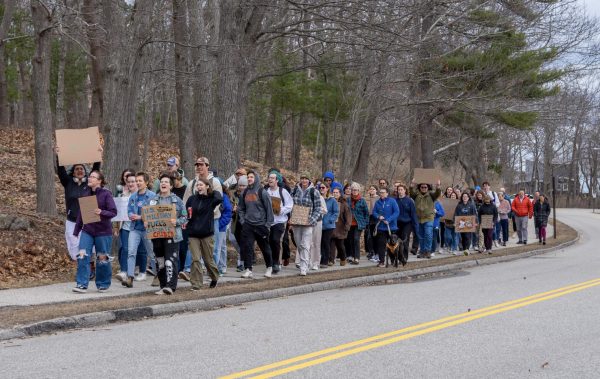Faculty Perspective: Online Learning at UNE, Continued
Professor Lane Clarke of supporting learning through 12rst century technology shares her thoughts on online learning.
While COVID has made learning more available than ever before, it has simultaneously made it feel much more distant.
Educators at UNE and all over the world have had to adapt to the changes that Covid-19 has brought to learning. The major result of this is adopting a curriculum meant for in-person learning to classes that are either completely, or predominantly online.
Educational institutions have struggled with questions regarding the quality of education with online learning. While online classes did exist before, there has been a recent explosion of them through the use of apps such as Zoom, Microsoft Teams, and recorded online lectures. While seems like a small change, it has monumentally affected how teachers and students interact with each other, as well as how teachers go about teaching their material
As a sophomore secondary education major, I am taking a class titled Supporting Learning Through 21rst Century Technology. This class details how educators should teach students how to navigate the digital world, and how to properly teach using modern technology.
This class is all the more relevant now, considering the current circumstances. “Covid has really made me appreciate technology. I now notice how important technology is with education, and how technology is essential for learning during these times” says, Ryan Sear, UNE student.
Throughout the course of the class, I have watched my Professor, Lane Clarke, deal with educating classes both in-person and online quite successfully. Her process consists of splitting the class in half, and then having one half in person one day, discussing one part of the topic. Simultaneously, she also has a group going on zoom, who are discussing articles, or topics on their own. This works because students are still able to engage with the source material, even if they are not talking directly engaging with the teacher.
Like anything, there are pros and cons to teaching like this. The pros include making it easier for students to engage in the conversation. This is because students are less likely to feel social pressures than they would normally feel when they are in person. According to Professor Clarke “I have noticed that students feel more engaged on zoom”. In addition, students are able to connect and learn from anywhere, making it more convenient for them to show up.
However, the cons include not having an engaging learning environment because there are so many distractions from being online (more than there would be normally). Connections between other students and teachers when learning online are harder to build without face-to-face interaction.
These connections are just as valuable if not more valuable than the actual material learned. As the old saying goes “it’s not what you know, it’s who you know.” Connections will allow you to engage with the material more, as you are able to bounce ideas off each other. Connections will help you down the line when it comes to finding a job, or just having personal friendships.
“I have noticed I still learn about my students, through watching the zoom recordings, but they don’t learn as much about me, or about each other,” says, Professor Clarke.













